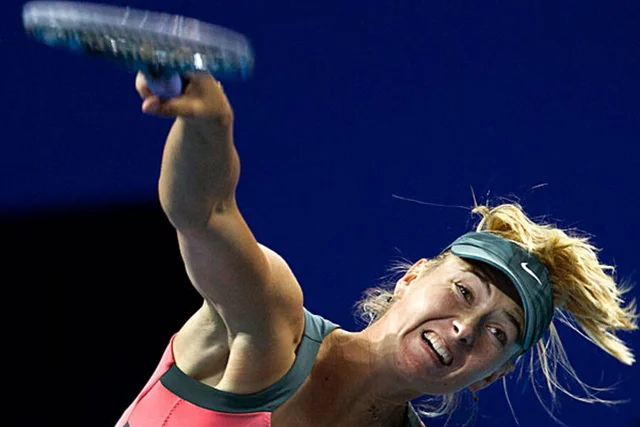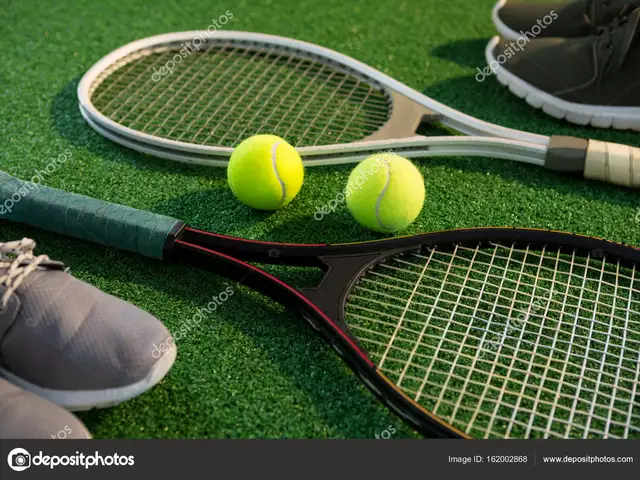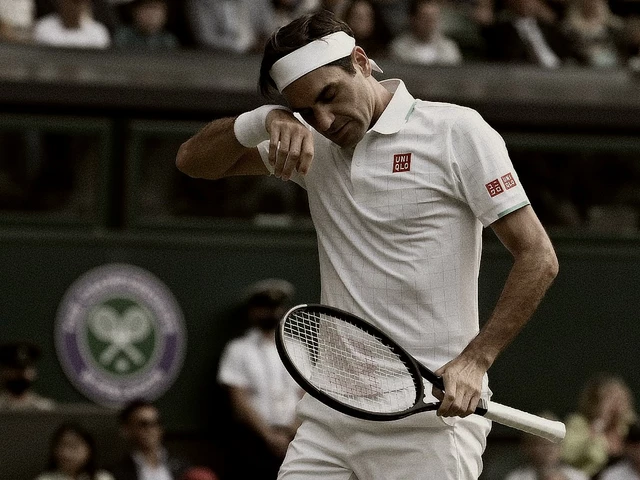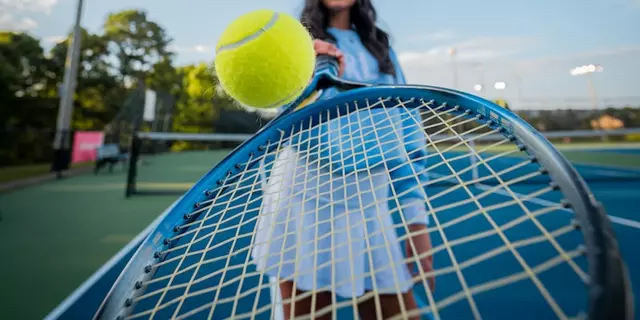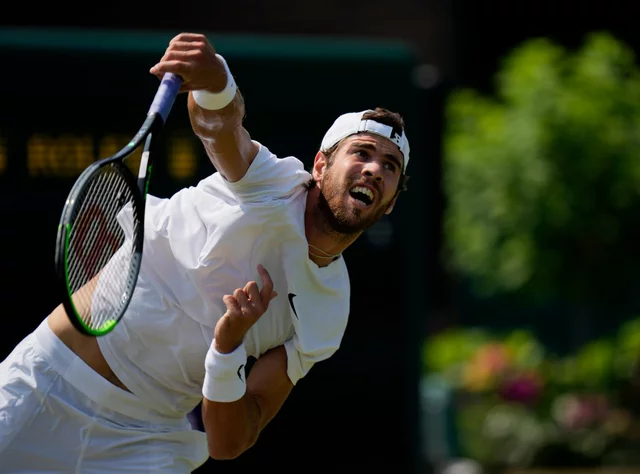Introduction to the Term 'Seed'
If you're new to the sport of tennis or just looking to understand it better, you may have come across the term 'seed' and wondered what it means. Well, you're in the right place because we're going to delve into the world of tennis and explain the term 'seed' to you. In a nutshell, a 'seed' in tennis refers to a player who has been ranked and placed in a tournament based on their abilities, previous performance, and ranking. But there's a lot more to it than just that!
Origins of the Term 'Seed'
The term 'seed' in tennis has an interesting history. It originated from the practice of planting seeds in a garden. Just like you would plant the best seeds in the best conditions to ensure they grow the strongest, the best tennis players are 'planted' in the tournament draw in such a way to make sure they don't meet too early in the competition. This is done to keep the tournament exciting and competitive for as long as possible.
How Does Seeding Work?
Seeding in tennis is not random, it's a meticulous process that involves ranking players based on their recent performances and their current world ranking. The highest-ranked players are given the top seeds, which means they are placed in the tournament draw in a way that they won't face each other until the latter stages of the competition. This ensures that the best players don't eliminate each other in the early rounds, which could leave the later stages of the tournament less exciting.
Importance of Seeding in Tennis
Seeding is crucial in tennis for several reasons. It helps maintain the competitiveness of the tournament and keeps the audience engaged till the very end. It also ensures that the top players get the recognition they deserve. Furthermore, seeding can affect the overall outcome of the tournament as it has a significant influence on which players will likely face each other in the final rounds.
Seeding and the Grand Slams
Grand Slam tournaments, namely Wimbledon, the US Open, the French Open, and the Australian Open, have their unique way of seeding players. While most tournaments follow the ATP and WTA rankings, Wimbledon has its own formula for seeding players. The formula takes into account a player's performance on grass courts, which is the surface Wimbledon is played on. This unique system of seeding often leads to some interesting match-ups!
The Controversy Surrounding Seeding
Despite its importance, seeding in tennis is not without controversy. Some critics argue that seeding gives an unfair advantage to top-ranked players. They believe that it reduces the chance of lower-ranked players making it to the later stages of the tournament. However, supporters of seeding argue that it ensures the best players, who have proven their skills and consistency, get to the final rounds.
Seeding in Doubles Tennis
Seeding in doubles tennis works a bit differently compared to singles. In doubles, the team's combined ranking is taken into account when determining the seeds. The same principles apply, though, with the highest-ranked teams given the top seeds to avoid meeting each other in the early rounds.
Conclusion: The Significance of 'Seed' in Tennis
In conclusion, the term 'seed' in tennis is a significant one. It not only determines the structure of a tournament but also has a significant impact on its outcome. Whether you agree with the concept or not, there's no denying that seeding adds an extra layer of strategy and intrigue to the sport of tennis.
FAQs about Tennis Seeding
This section will answer some frequently asked questions about tennis seeding. We'll address questions like how are seeds determined, can unseeded players win tournaments, and what is the advantage of being a top seed. This will provide additional information for those wanting to understand the art of tennis seeding further.

